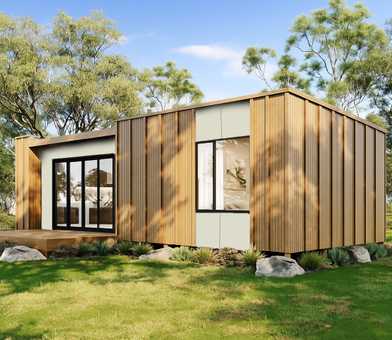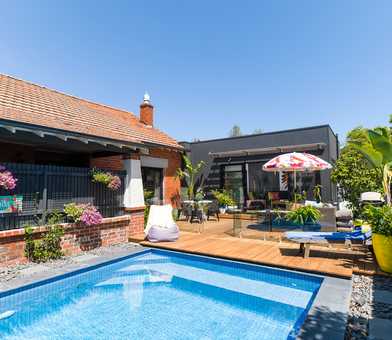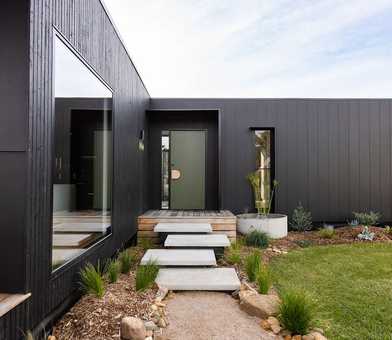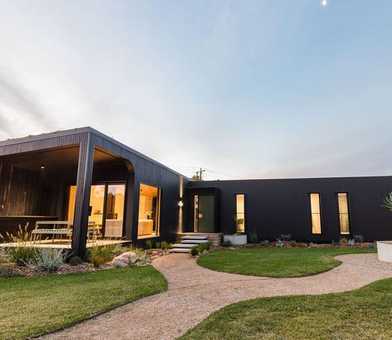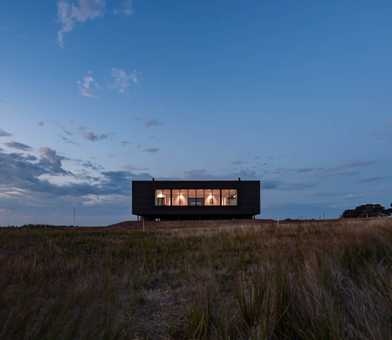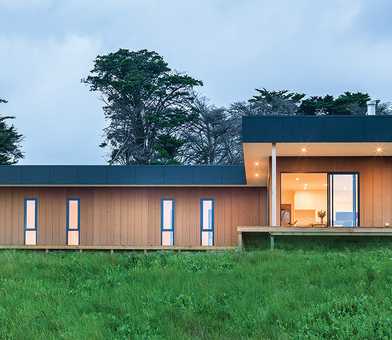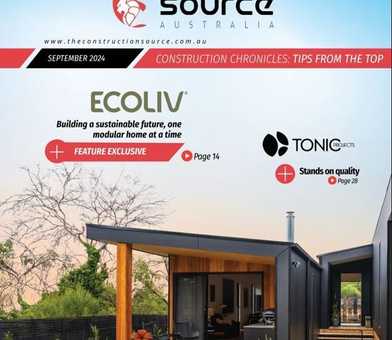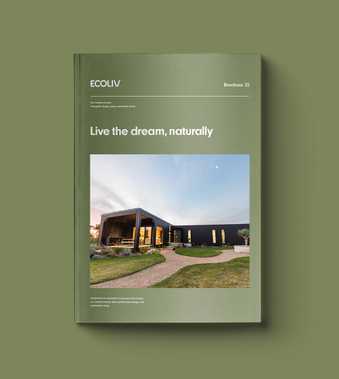The Australian bushfire crisis that began in late 2019 has marked a significant traumatic period for Australia, affecting humanity, wildlife and our natural environment. Experts predict that in Victoria and New South Wales alone, 1 billion animals have perished in the fires, with land requiring several years to regenerate in order to sustain healthy beehives. The threat affecting beehives holds the potential to implicate agriculture as pollination is vital in the production of crops. As leaders begin to recognise the growing threat of climate change, it’s important for us to do our part in protecting the environment and keeping ourselves safe amidst news of the bushfires.
Here at Ecoliv, bushfire safety is of utmost importance to us, and we’re taking the opportunity to share our fire safety knowledge and home building procedures. We believe in increasing awareness about what you can do to protect yourself and your family from any current and future fire-associated dangers.
Planning your future sustainable home is an involved process, which takes into consideration both function and aesthetics as well as the surrounding environment. One of the most important aspects to take into consideration is the risk of bushfire and how that will influence the construction requirements that will be necessary to keep your home and your family safe. Read through this guide on building homes in a bushfire prone area and aspects that that will need to be considered in the design and construction of your sustainable prefab modular home.
What is the BAL rating?
If you’re looking into building your future sustainable home, you may have heard of the term “BAL rating”. BAL is an acronym which stands for “Bushfire Attack Level” and has 6 standard ratings which express the potential exposure your home may have to ember attack, radiant heat, and direct flames in the case of a bushfire.
The BAL is a standardised rating which dictates construction requirements and building materials necessary to protect buildings in bushfire prone areas
What if my home is in a bushfire prone area:
If your proposed project is in a bushfire prone area you’ll still be able to design a beautiful Ecoliv sustainable home, you’ll just need to take a few things into consideration to protect yourself and your property. The first step is to get a BAL assessment to ascertain the BAL for your site
Homes being built in bushfire prone areas must be constructed with special considerations around the design and materials used, which will add some additional costs to the overall project.
Modular Homes Bal 2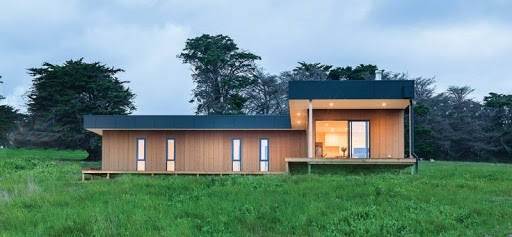
Aside from your building design and materials, there must also be a certain horizontal distance between the external boundaries of your home and the surrounding vegetation in order to reduce your risk of exposure to flames, radiant heat and ember attack
If you are in a Bushfire Management Overlay area, you will also need a qualified consultant to prepare a management plan which shows that you can meet “defendable space” requirements.
Understanding BAL rating
BAL LOW | This is the lowest BAL rating you can receive in a bushfire prone area which indicates that there is indeed risk of Ember Attack but that the possible radiant heat flux exposure will not be greater than 12.5kW per square metre. This rating means there are no special construction requirements and no additional construction requirements
BAL 12.5 | This is a low risk rating which indicates possible radiant heat flux exposure at a maximum of 19kW per square metre and risk of wind-ignited embers and burning debris that could cause an Ember Attack
BAL 19 | This is a moderate risk rating with the same potential heat flux exposure as BAL 12.5 but with a greater likelihood of exposure. Similarly, there are no special requirements for the floors and subfloor, and the same construction requirements for the rest of the house with the exception of 5mm safety glass instead of 4mm
BAL 29 | This is a high risk rating which means the risk of ember attack is increased and the radiant heat flux exposure may be up to 29kW per square metre. The building requirements are more extensive than the previous ratings.
BAL 40 | This is a very high risk rating which means that the risk of ember attack is much higher with some likelihood of direct exposure to flames and radiant heat flux exposure up to 40kW per square metre
BAL FZ | This is an extremely high risk rating which means risk of ember attack and extreme radiant heat exposure plus direct exposure to flames. The radiant heat flux exposure risk is the same as BAL 40.
Ecoliv Bushfire Materials and BAL Ratings
Ecoliv provides a range of materials that are designed to cater specifically to each of the above BAL ratings. Upon assessment and instructions provided by a building surveyor, Ecoliv chooses the appropriate materials to ensure your sustainable home is equipped for the specific area’s BAL rating.
Modular Homes Bal 3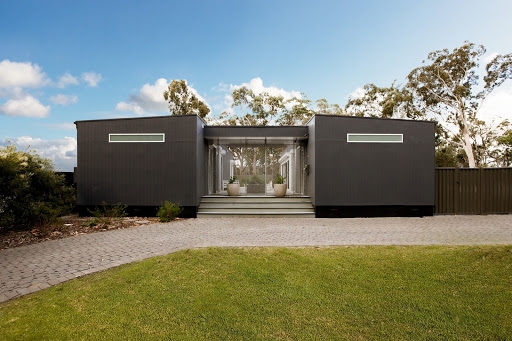
Ecoliv implores you to stay updated about the bushfires regardless of your location within Australia. Regular updates can be accessed here.
Bushfire safety should be of utmost priority, specifically for Australians given the prevalence of bushfires and climate change in our country. Building your sustainable Ecoliv home is absolutely achievable if you are living in a bushfire prone area. Our designers will work meticulously to incorporate requirements from the building surveyor to ensure that your construction plan reflects the relevant BAL rating. Understanding BAL ratings allows you to design an Ecoliv home that reflects your values while protecting you and your family.

